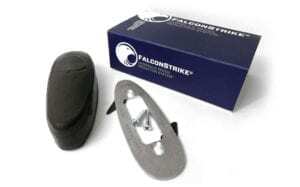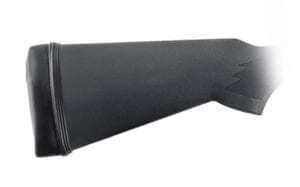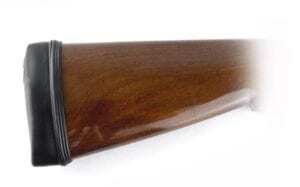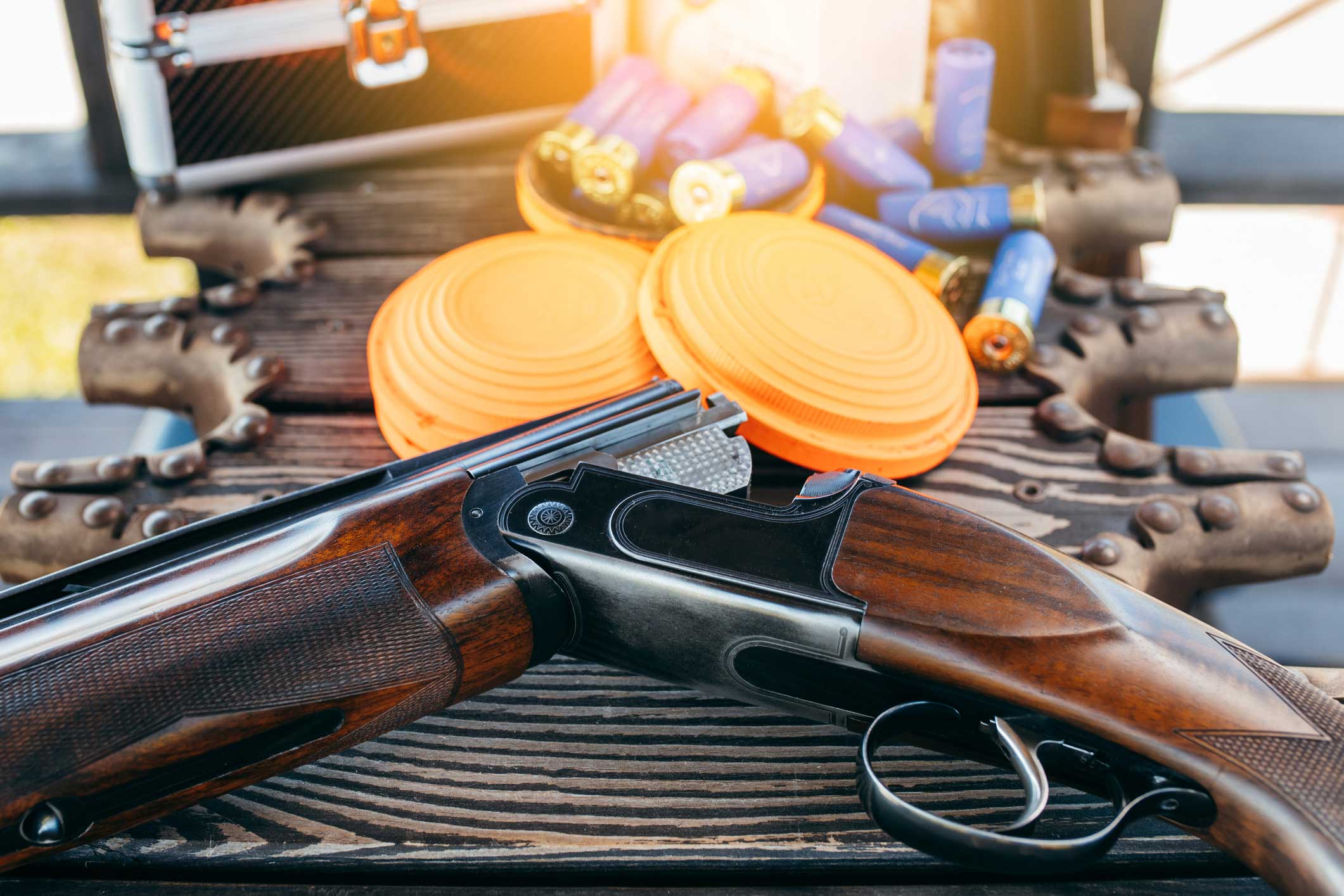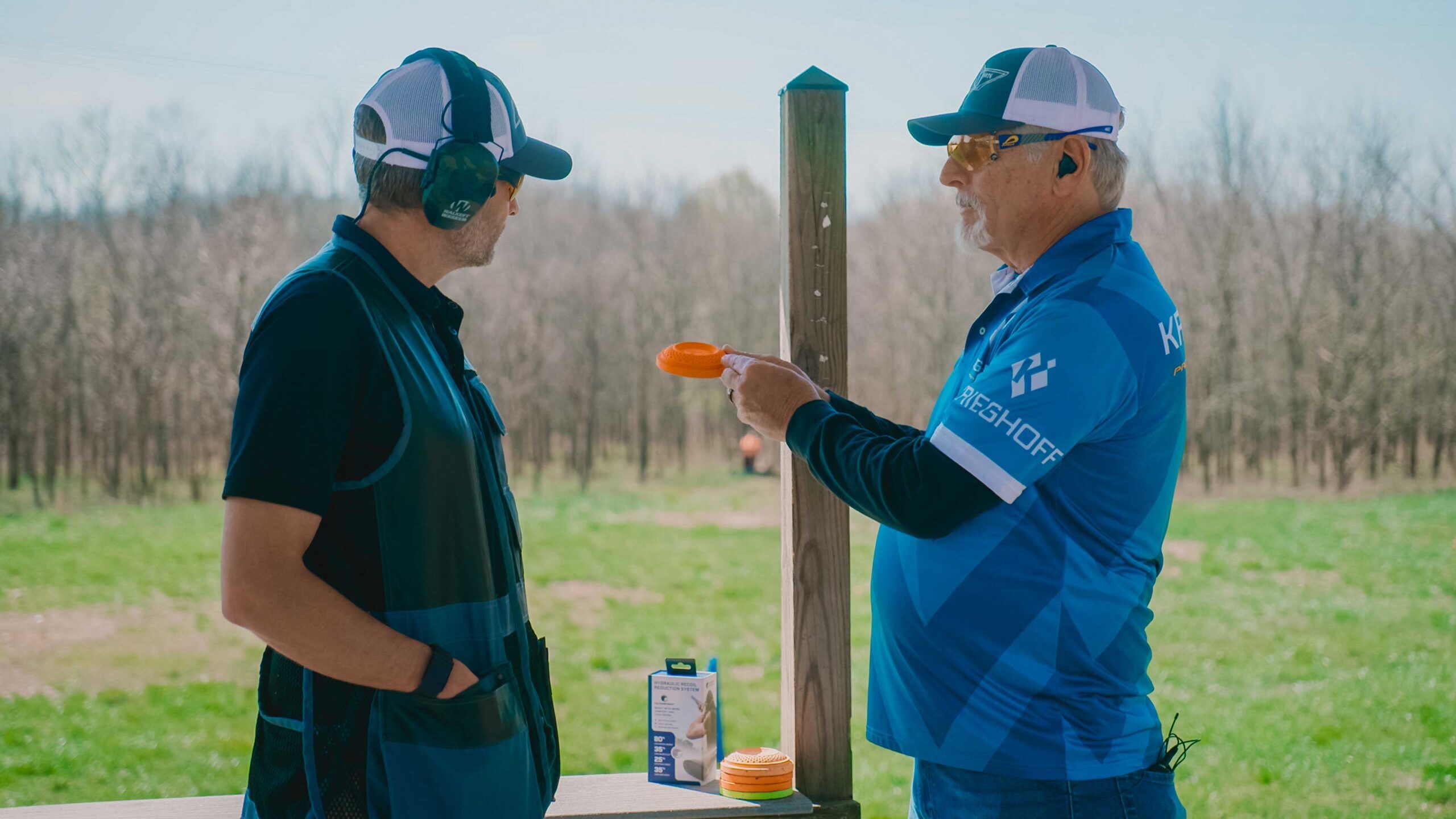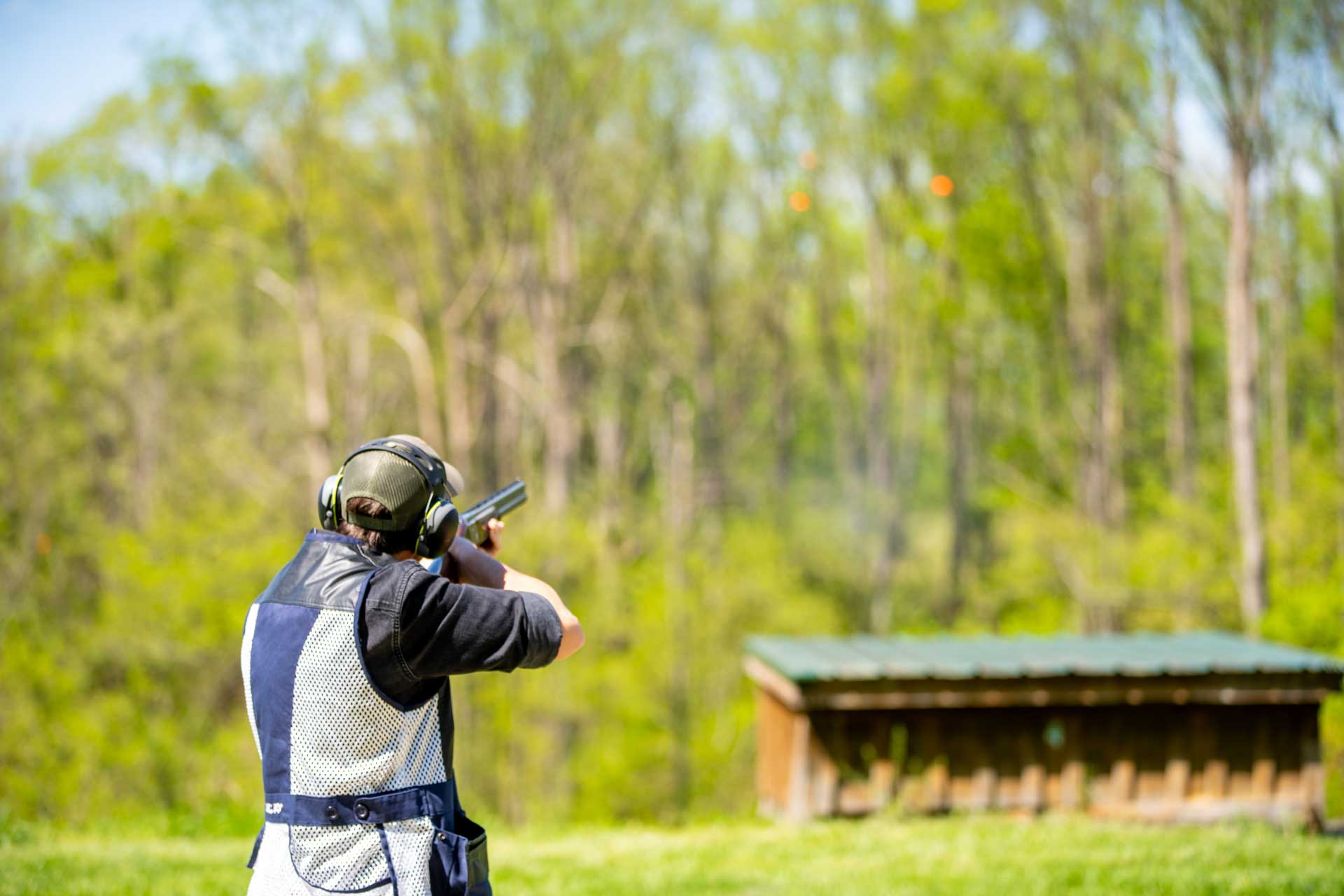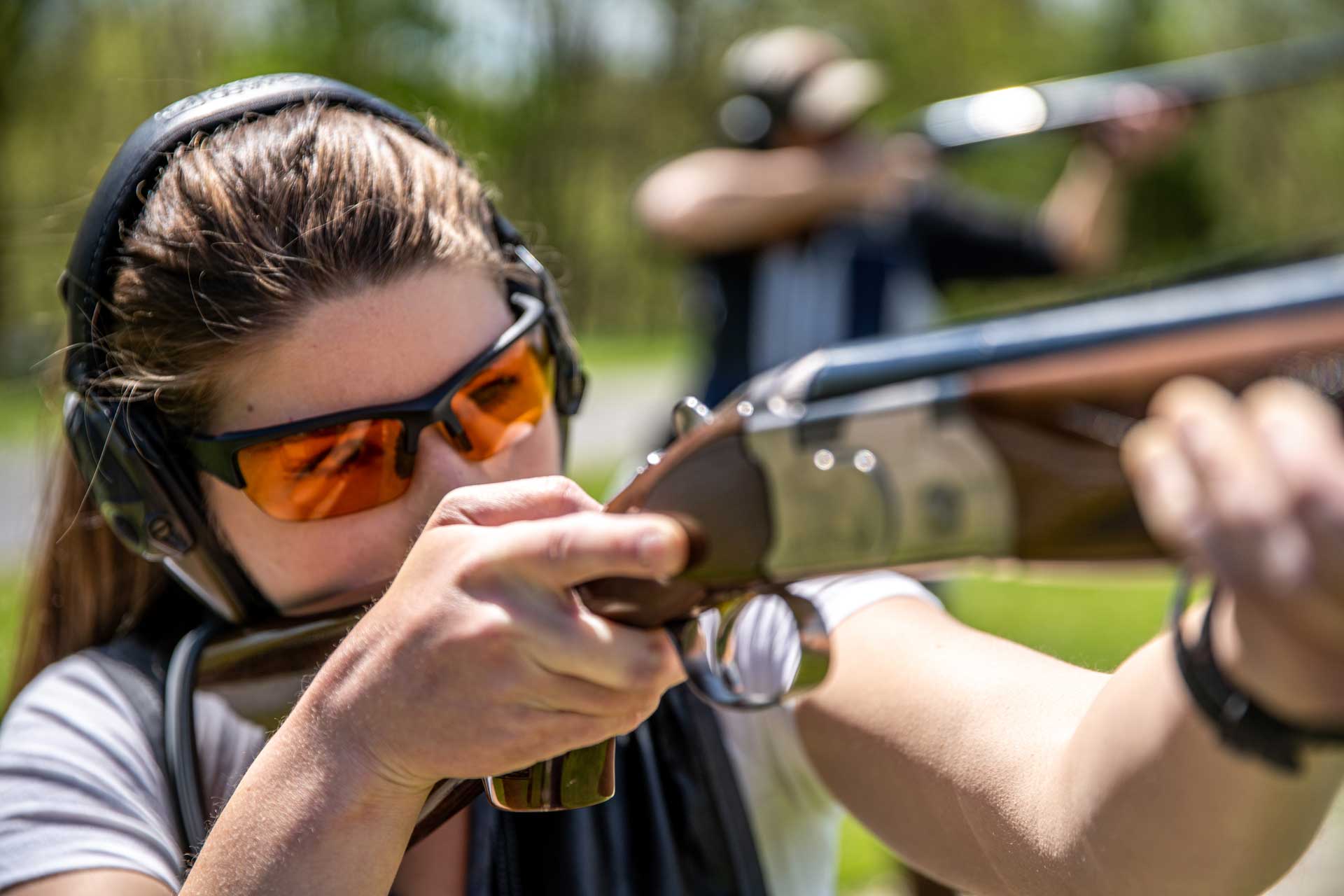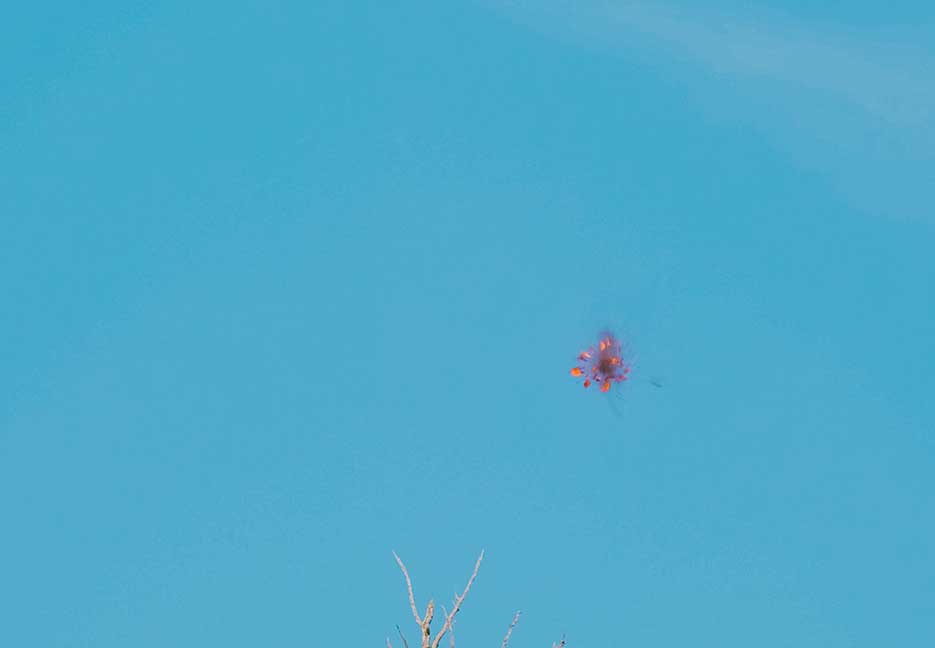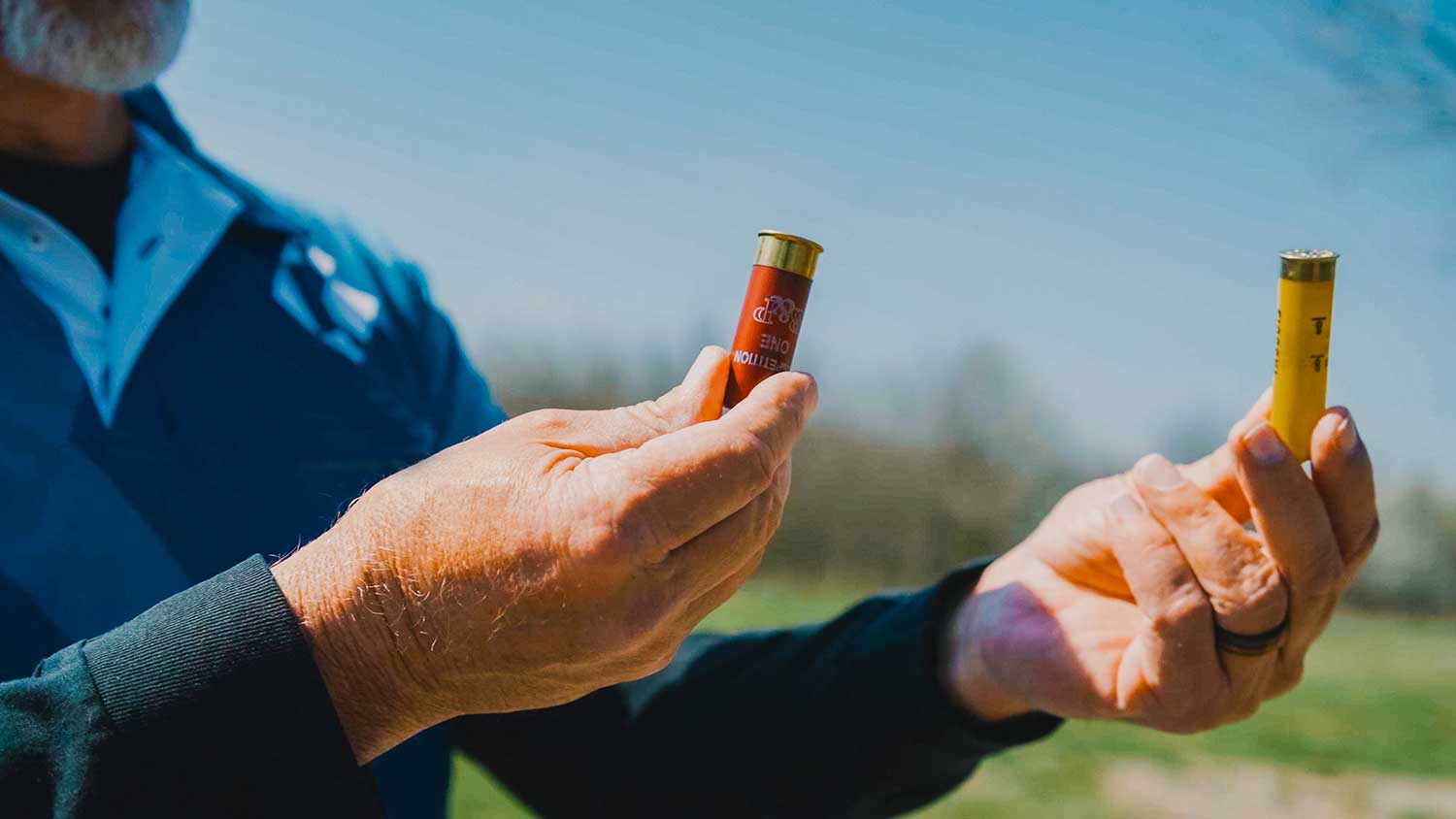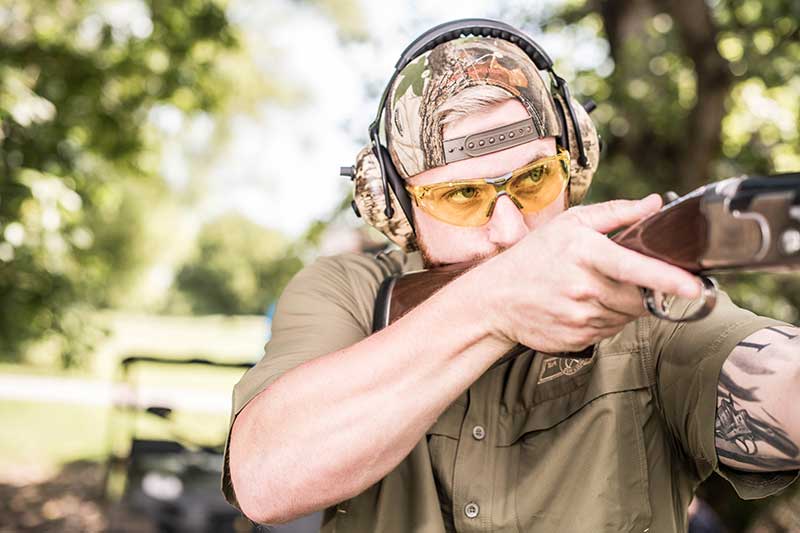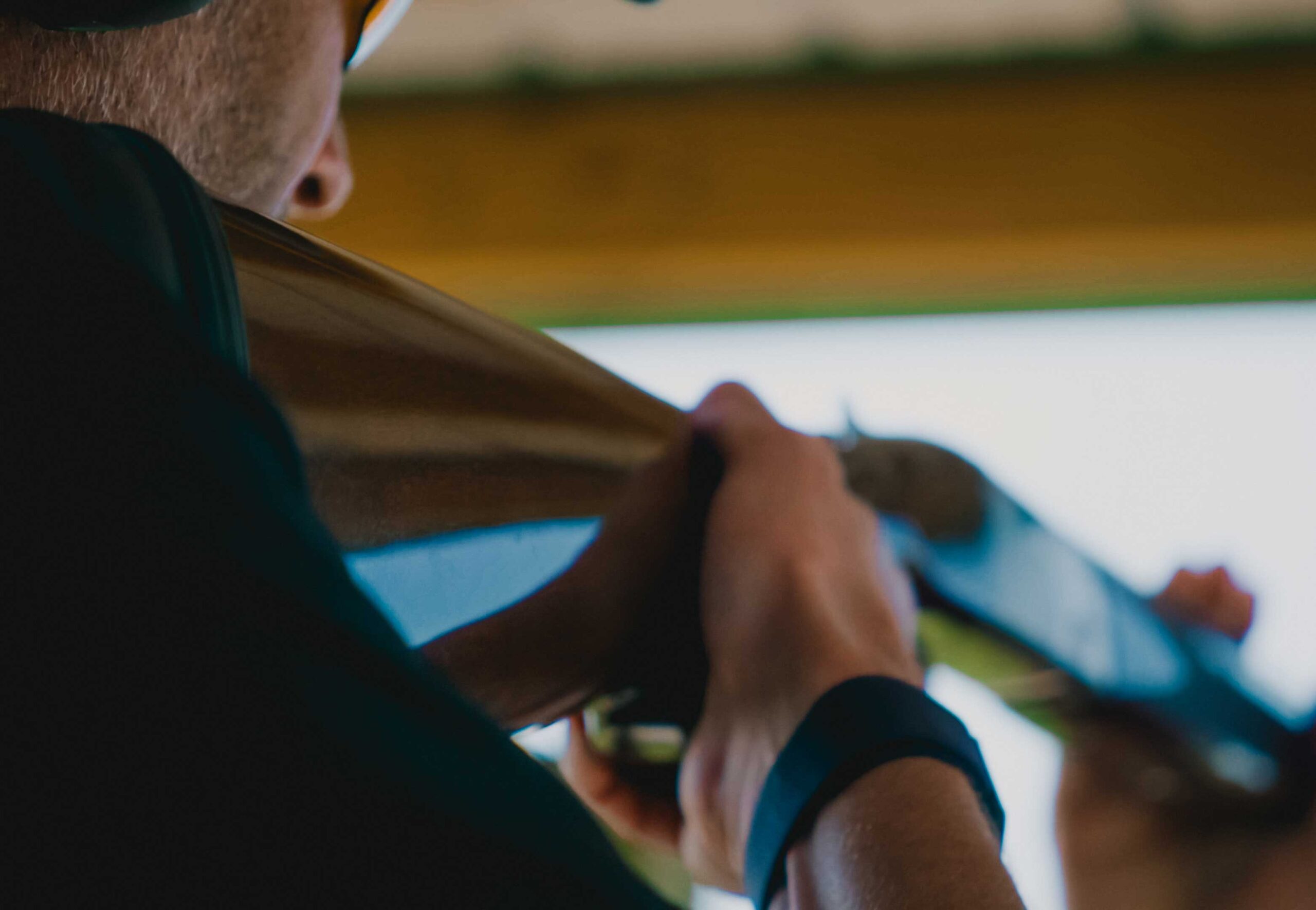
Hunting or shooting for sport, while fun, can have long-term adverse effects on your body. The recoil from shotguns may be significant. Additionally, the repetitive, one-sided movements can also put a strain on your body.
Recoil can cause a lot of negative effects on your body. So, how do you take care of these issues, and more importantly, how do you prevent these injuries in the first place? Using a high-quality recoil pad with a dampener can help reduce and redistribute the recoil energy. Some of the most common recoil injuries include neck pain, cheek slapping, and headaches.
If you’re interested in preventing shotgun recoil effects, we’ll go over common injuries you should watch out for. Additionally, we’ll explain how to treat and prevent shotgun injuries and pain. This article is also a great resource if you want to better understand the pain problems that can be associated with gun recoil.
Why Does Recoil Cause Pain?
While most people realize that shotgun recoil may cause bruising, some people may not be aware of the long-term effects of recoil. Shooting requires the repetition of the same muscles over and over again. This can lead to posture, muscle, and alignment issues. The force of the recoil also affects the body, particularly over a period of time. Repetitive recoils may cause pain in more than just the shoulder area. You may also experience wrist, back, and elbow pain.
These effects may also be exasperated by improper form while shooting. For example, if you misalign your foot, it may cause you knee or back pain. If your problem is with your shoulder, then you may experience issues with your neck. It’s a good idea to get the root cause of the injury in order to prevent any pain.
What Are the Most Common Long-Term Effects of Recoil?
If you don’t have an adequate pad to dampen the effects of recoil, you’ll likely see some long-term injuries that are more than just light bruising. People who shoot often will likely experience some of these long-term effects if proper precautions aren’t taken.
Some of the most common shotgun recoil effects are tissue damage to the shoulder and other types of shoulder trauma. Other common injuries are pinched nerves in the neck and back as well as overall stiffness and spinal pain.
What Treatments Are Available to Help With the Effects of Recoil?
There are some treatments available to help with the pain and rehabilitation of long-lasting injuries due to recoil. Generally, surgery and medication are only for the most severe cases. Instead, you’ll likely focus on rehabilitation and physical therapy.
A physical therapist may provide realignment through manual adjustments. Additionally, you may go through specific exercises designed for muscle activation. The right treatment plan will be specific to your specific pains and injuries. Ultimately, at the end of the day, physical therapy and rest might be suggested by your doctor.
You’ll also need to consider getting to the root of the problem by reevaluating your form. If you’re new to shooting a shotgun, you should always familiarize yourself with the proper shooting stance and technique. If you don’t have the proper form down, you risk pain and injury from the recoil.
Another way to help reduce pain from recoil is to improve your core strength. Strengthening your core is an important exercise to prevent back pain and spasms. With more core strength and stability you’ll also be able to better control the effects of the recoil.
When should you see a health professional about your pain?
It’s hard to know when you should see someone about your pain during shooting. If you feel pain persistently throughout the entire activity or you have lingering pain after shooting, then you should consider seeing a professional. They can help you with clearing up any problematic health or alignment issues.
How Can You Prevent Pain and Injury During Shooting?
Though there are treatments and exercises you can do to help with pain from shotgun recoil effects, it’s always better to prevent issues before they arise. If your shotgun doesn’t have a recoil pad, you’ll likely deal with pain and long-term issues from consistent recoil use. Similarly, generic rubber recoil pads don’t provide the same advantages and shock absorption capabilities as FalconStrike products.
If you’re a beginner, you may want to take lessons to learn the proper form. Having the wrong form while you shoot is a surefire way to make yourself uncomfortable and set up for long-term issues. Someone with experience can help you nail the right form right away so that you don’t deal with misalignment or unnecessary stress on certain body parts.
To prevent injury or long-term issues, you should invest in a quality recoil pad. Our recoil pads work by using a hydraulic fluid that is able to contort the pad around the shooter’s shoulder. Instead of a metal or wood forcing itself into your shoulder with considerable force, you’ll have a cushion to prevent bruising.
In addition, the elastic bladder and energy conversion dampener work to reduce and redistribute the force from the recoil across the point of contact. In this way, the recoil pad works to soften the blow to reduce any initial pain, which will allow you to shoot for longer periods of time with more accuracy. Using this type of pad will also help you to avoid the long-term effects of recoil, as it will redistribute the force around a greater surface area. You’ll be able to better avoid shoulder trauma and lasting pain in this area.
The effects of recoil may be long-lasting and painful if you don’t take the proper precautions. You should always make sure that you are using the proper form and investing in high-quality products, like our FalconStrike recoil pads. These innovative pads work to reduce the recoil, so you won’t suffer from harmful long-term effects. Additionally, they can also improve your performance and endurance. If you’re interested in recoil pads that actually work and improve your shot, then take a look at our custom and multi-fit options.
Reduce the effects of recoil at your next sporting clays outing with the FalconStrike Hydraulic Recoil Pad!
-
5103 Hydraulic Custom-Fit Recoil Pad
$179.99
-
Hydraulic Multi-Fit Recoil Pad for Large Stocks
$199.99
-
Hydraulic Multi-Fit Recoil Pad for Medium Stocks
$199.99


